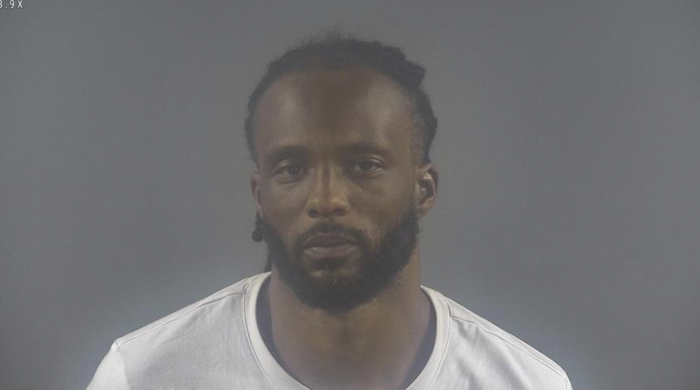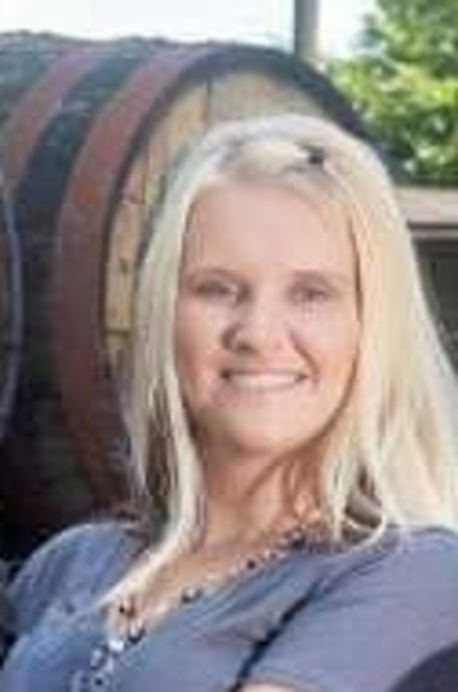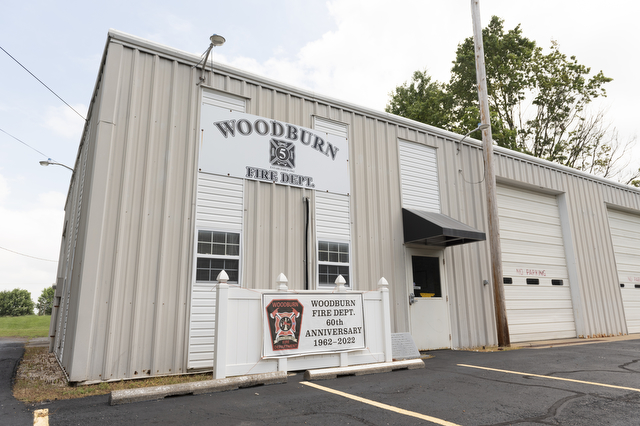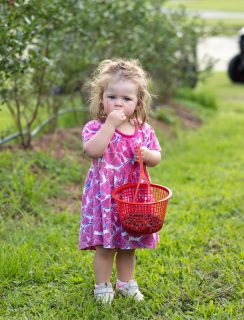Astronaut, Logan native speaks at WKU
Published 12:00 am Sunday, September 14, 2003
Clinton Lewis/Daily News
In hopes of inspiring others to live their dreams, NASA astronaut and Logan County native Col. Terry Wilcutt spoke at the Kentucky Museum on Saturday about his experiences as an astronaut. I want to give people the nerve to go for it, the Russellville native said. Through telling people about his experiences and successes, he hopes to inspire young and old alike to send in that application, to risk the chance of being told yes. Wilcutt, whos been into space four times, spoke at the opening of the Kentucky Library and Museums commemoration of the 100th anniversary of the Wright brothers famed flight at Kitty Hawk. The exhibit, titled The Wright Approach: Wilbur and Orville and Their Flying Machine, includes about 40 reproduced photographs, many of which were taken by the Wrights. The exhibit also includes pictures and information about Wilcutt, who presented to the University and Kentucky Museum on long-term loan one his blue training flight suits, leather boots and helmet. Wilcutt started his talk showing a picture of an astronaut floating in space above the clouds and oceans of Earth. The picture, titled Living your Dreams, embodied the spirit of the Wrights in their pursuit of flight and of the many astronauts with a variety of backgrounds who have flown into space, Wilcutt said. A former math teacher and WKU graduate, Wilcutt firmly believes that education is the key to making dreams come true. He showed pictures of other people who had followed their dreams to become astronauts: Pamela Melroy, a former army brat; John Herrington, a Native American; Ellen Ochoa, Ph.D., a Hispanic; Scott Parazynski, M.D., a rocket boy; William Oefelein, an Alaskan native and a pilot on Wilcutts next mission; and Franklin Chang-Diaz, Ph.D., a Costa Rican. If you have a dream, Wilcutt said, Dont let someone tell you no. Ellen Ochoa applied numerous times and was rejected before being accepted to become an astronaut, he said. Wilcutt, who has logged over 1,007 hours in space, also talked about the recent report on Columbia disaster that shed negative light on the National Aeronautics and Space Administrations communication structure. The report was harsh, but thats fine with us, Wilcutt said. The astronauts think its great, he added. If you cant answer the tough questions, youre in the wrong business, he said. The disaster will bring two changes for NASA, Wilcutt explained. The astronauts will learn how to fix tiles in orbit, and the management culture at NASA will change. Another shuttle could be ready to fly in March, but the flight schedule also depended on the results of current hearings in Congress. Wilcutt said that particular thing wouldnt happen again. There was a lot of grieving, but also a lot of determination, Wilcutt said. We finished our grieving and got back to work. He added the astronauts were in no rush to get back into space, but wanted to do it right. Wilcutt is scheduled to enter space again on shuttle mission STS-116 in September 2004; two other shuttle missions precede his. Space is where you are given a position to serve the common good, Wilcutt said. Everything we do is meant to make life better on earth. Wilcutt showed numerous pictures from the Hubble space telescope, including pictures of Mars, Saturn, a meteor impacting on Jupiter, Eskimo Nebula and Horse Head Nebula. He also talked about the International Space Station and diagrammed its piece-by-piece growth. Work in space was to improve life here, to extend it to there, and find life beyond, Wilcutt said as he ended his presentation. After finishing, he remained at the museum to be available for pictures and to sign autographs. Steve Parker of the Aviation Museum of Kentucky also announced Wilcutts nomination for entrance into the Kentucky Aviation Hall of Fame. Wilcutt graduated from WKU in 1974, earning a bachelors degree in mathematics. Born in Russellville, he is the first native Kentuckian to become a NASA astronaut. He first entered space in 1994. Wilcutt intends to retire from the Marine Corps in January. Having served 27 years, Its about time to hang it up, he said. He intends to remain an astronaut as a civilian. When he retires from space, he may end up back in the classroom. The most rewarding job Ive had is teaching school, Wilcutt said. You can really influence lives as a teacher. When the students wont talk to their parents, you can be that non-parental adult they can talk to, he said. On each space flight, Wilcutt takes a red Western towel with him as a good-luck charm and donates each to the school after it has been in space. He also serves on Western President Gary Ransdells board of advisors. Though leaving promptly after the opening ceremony to return to Houston for his sons birthday party, he plans on being back in Bowling Green to watch WKU play Eastern Kentucky University in football. On some of his trips between Bowling Green and Houston he flies NASAs T-38s to Fort Campbell. For him, its a time to fulfill his monthly requirement of 15 hours of flying. You can configure the T-38s so the lift to drag ratio is just like the shuttle, he said.






